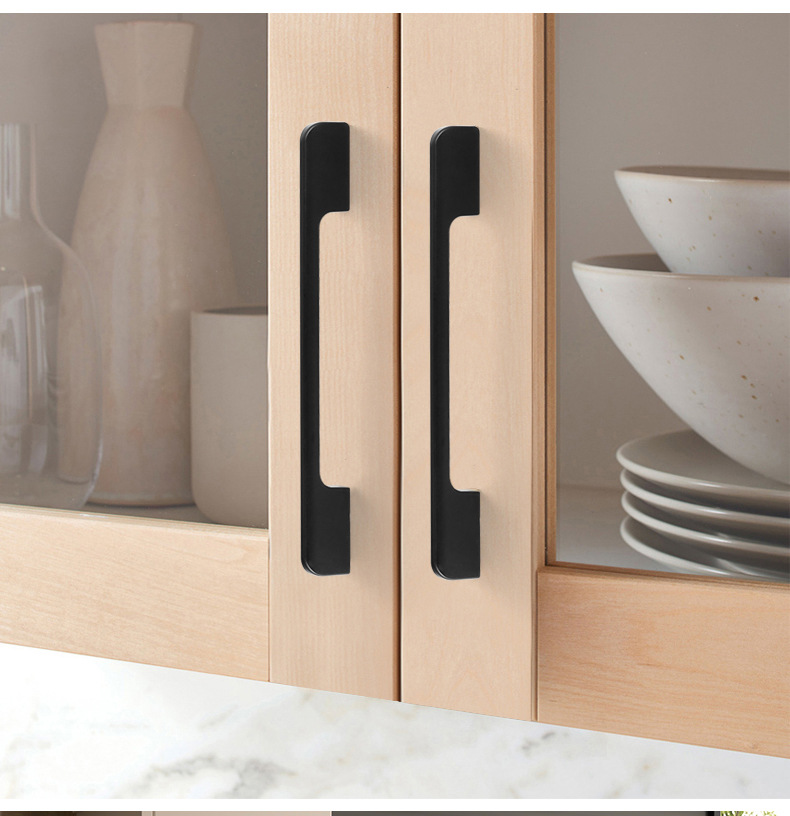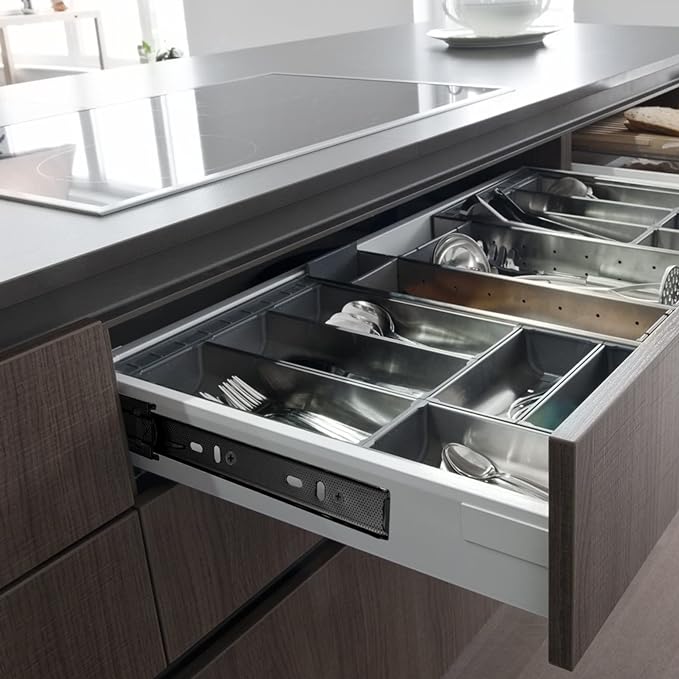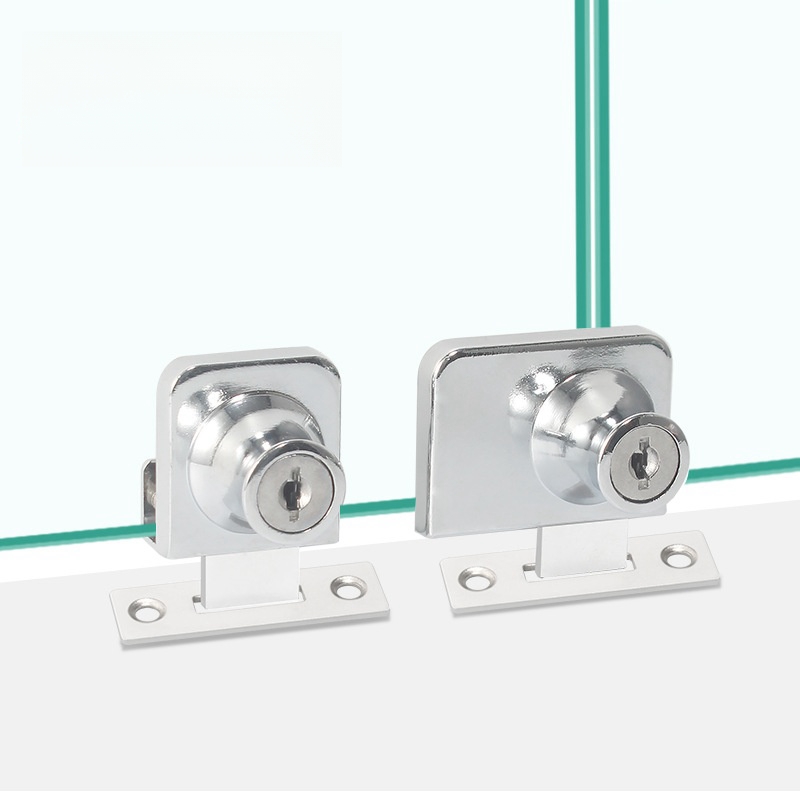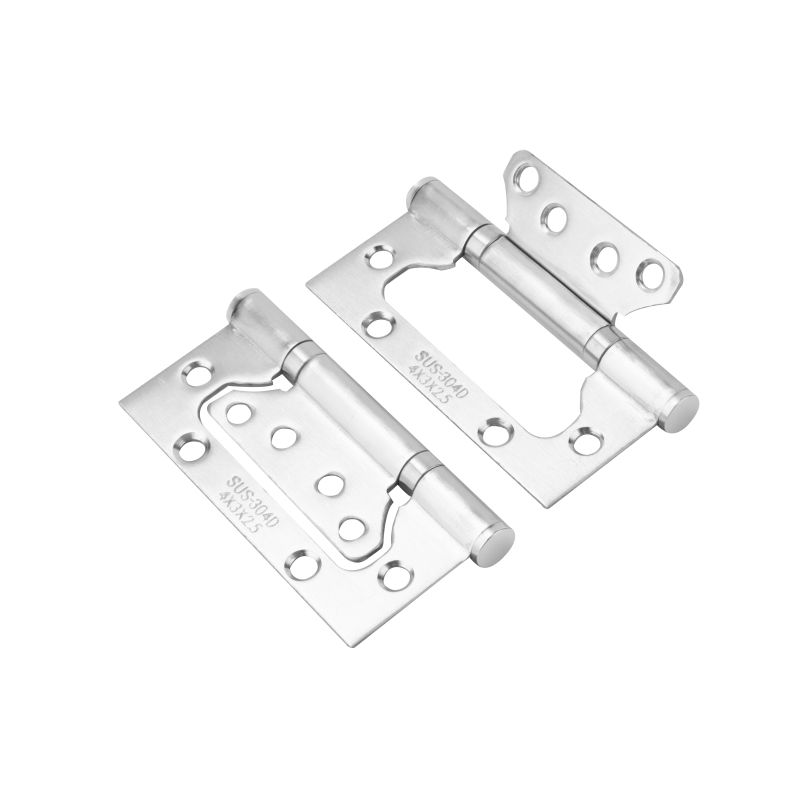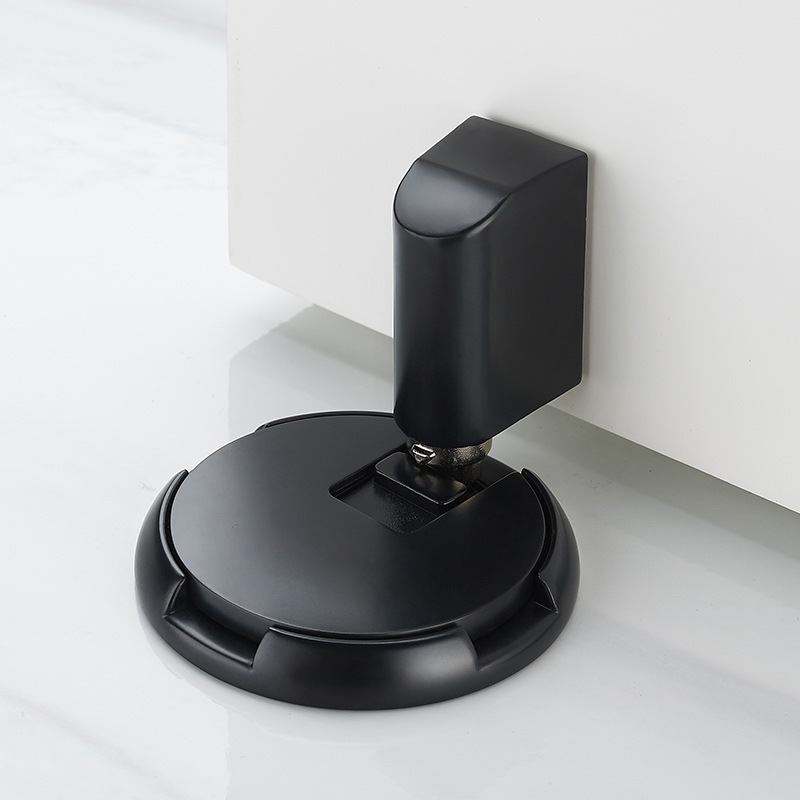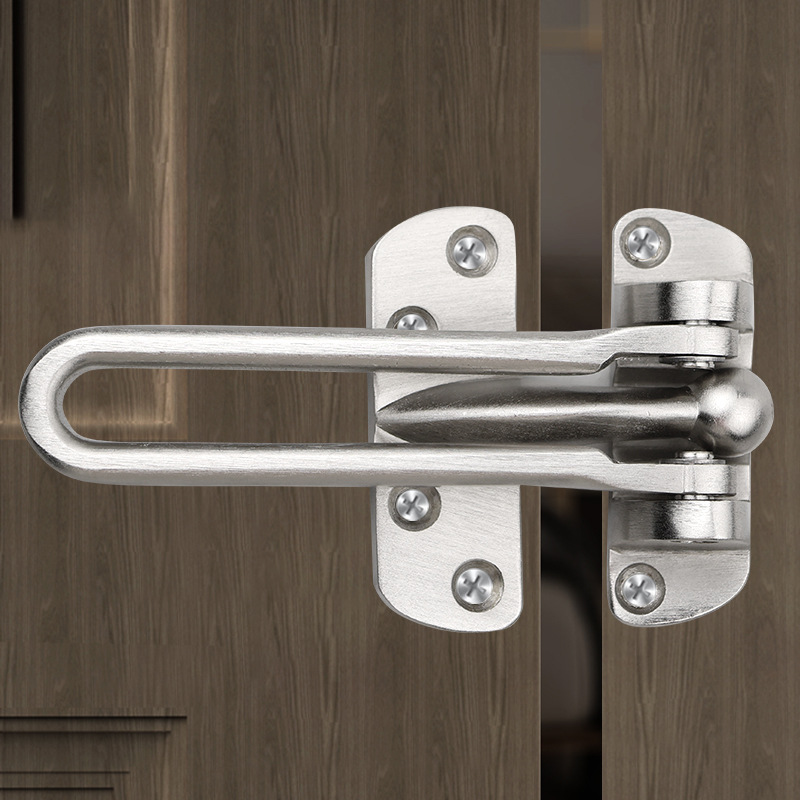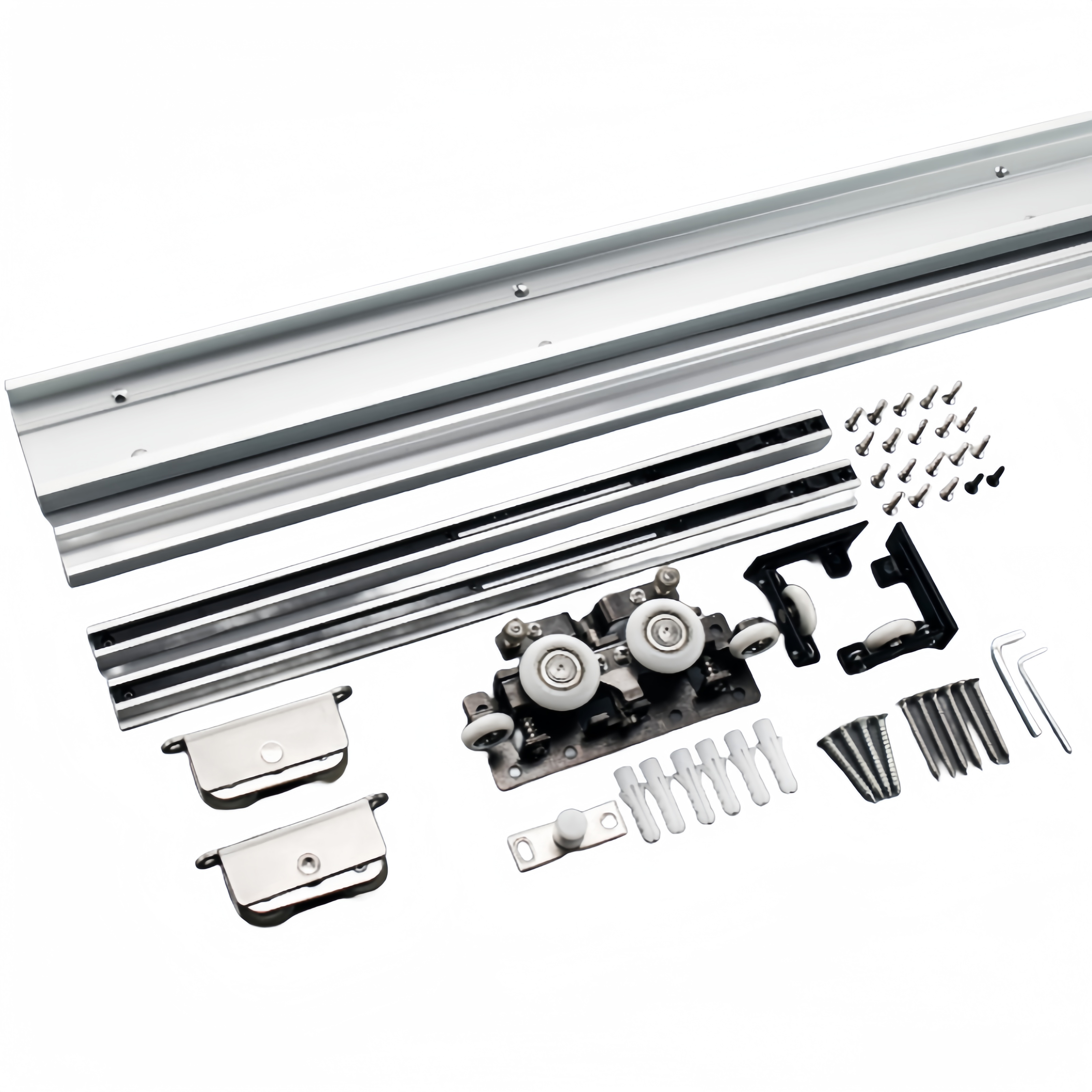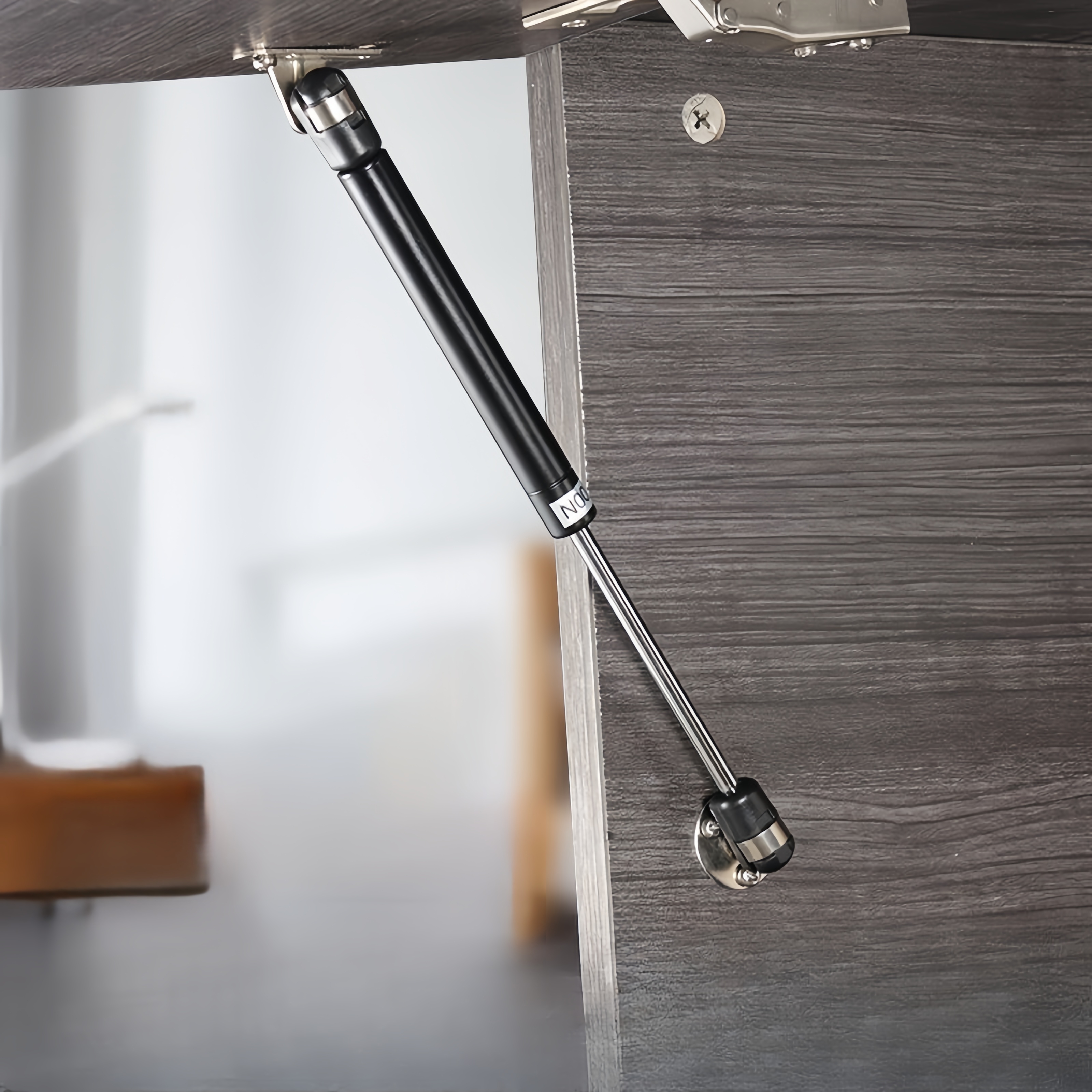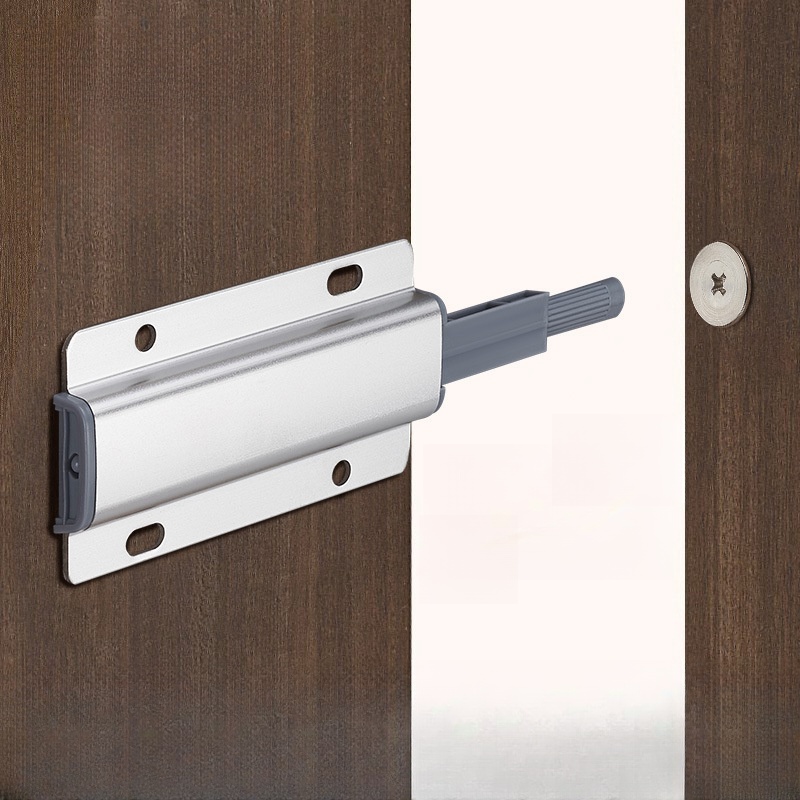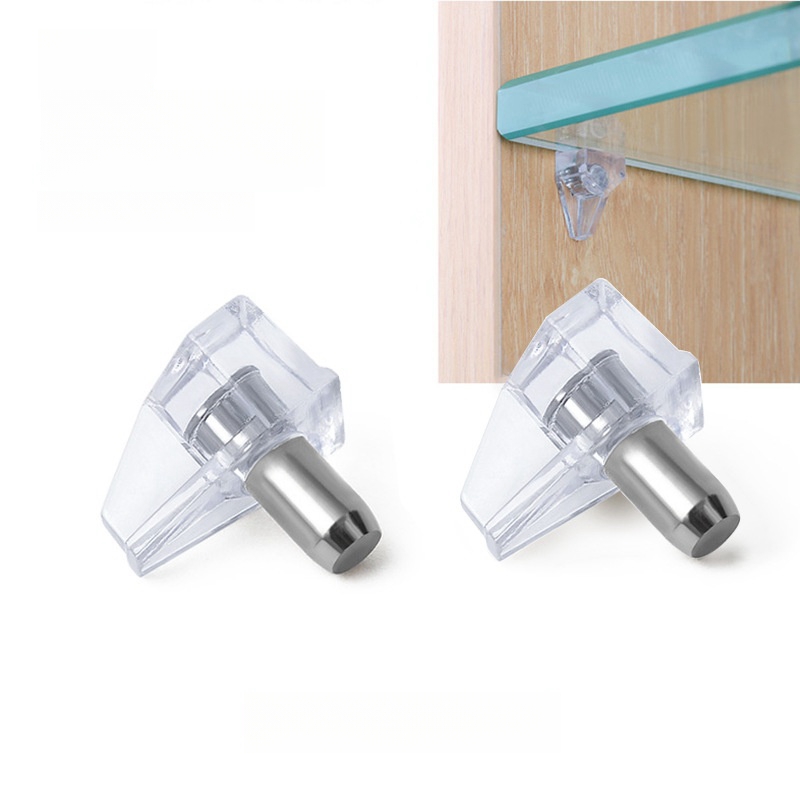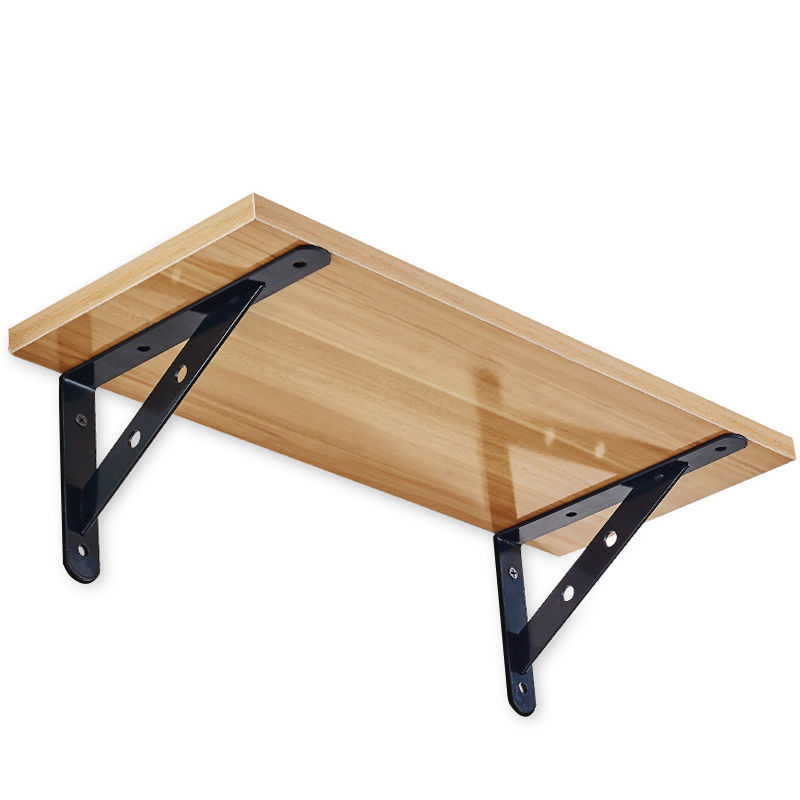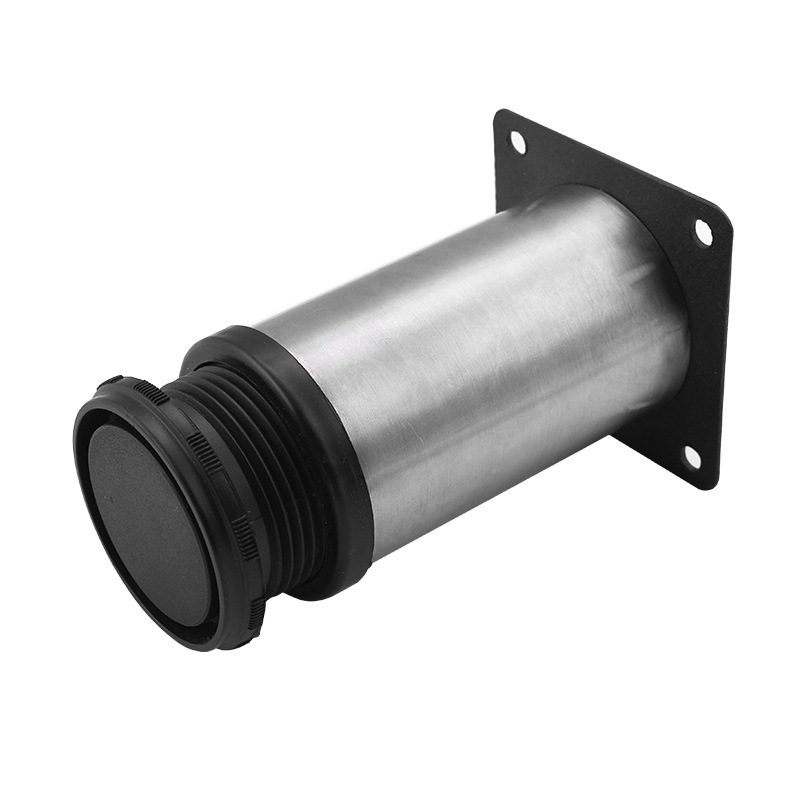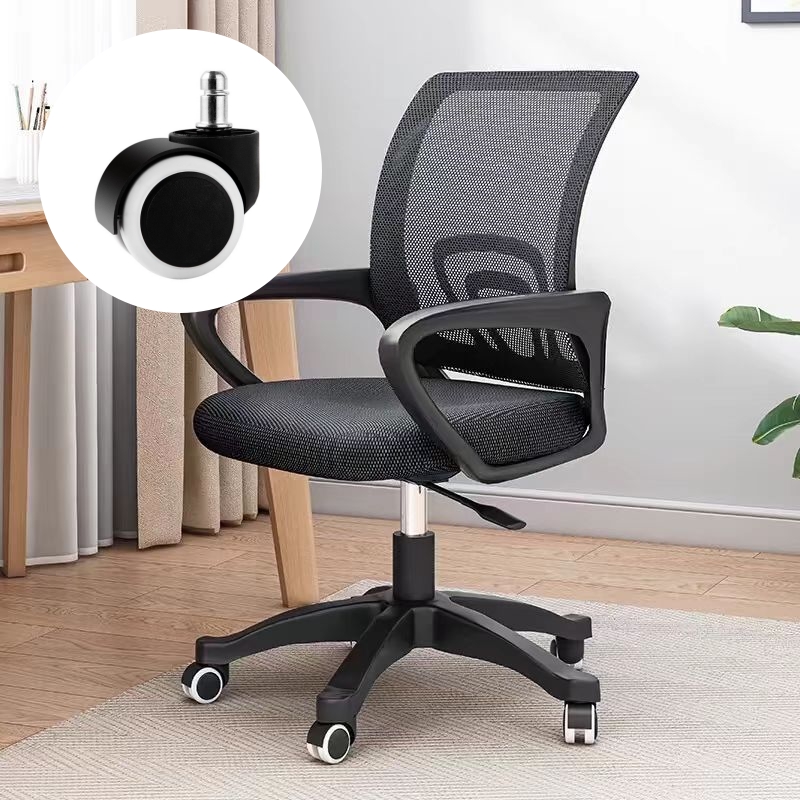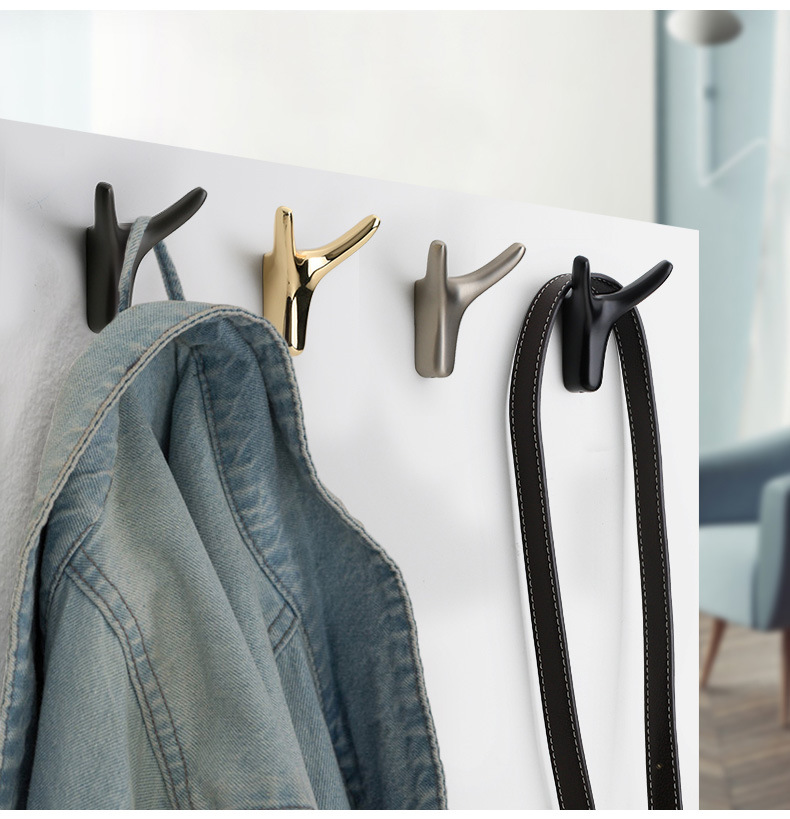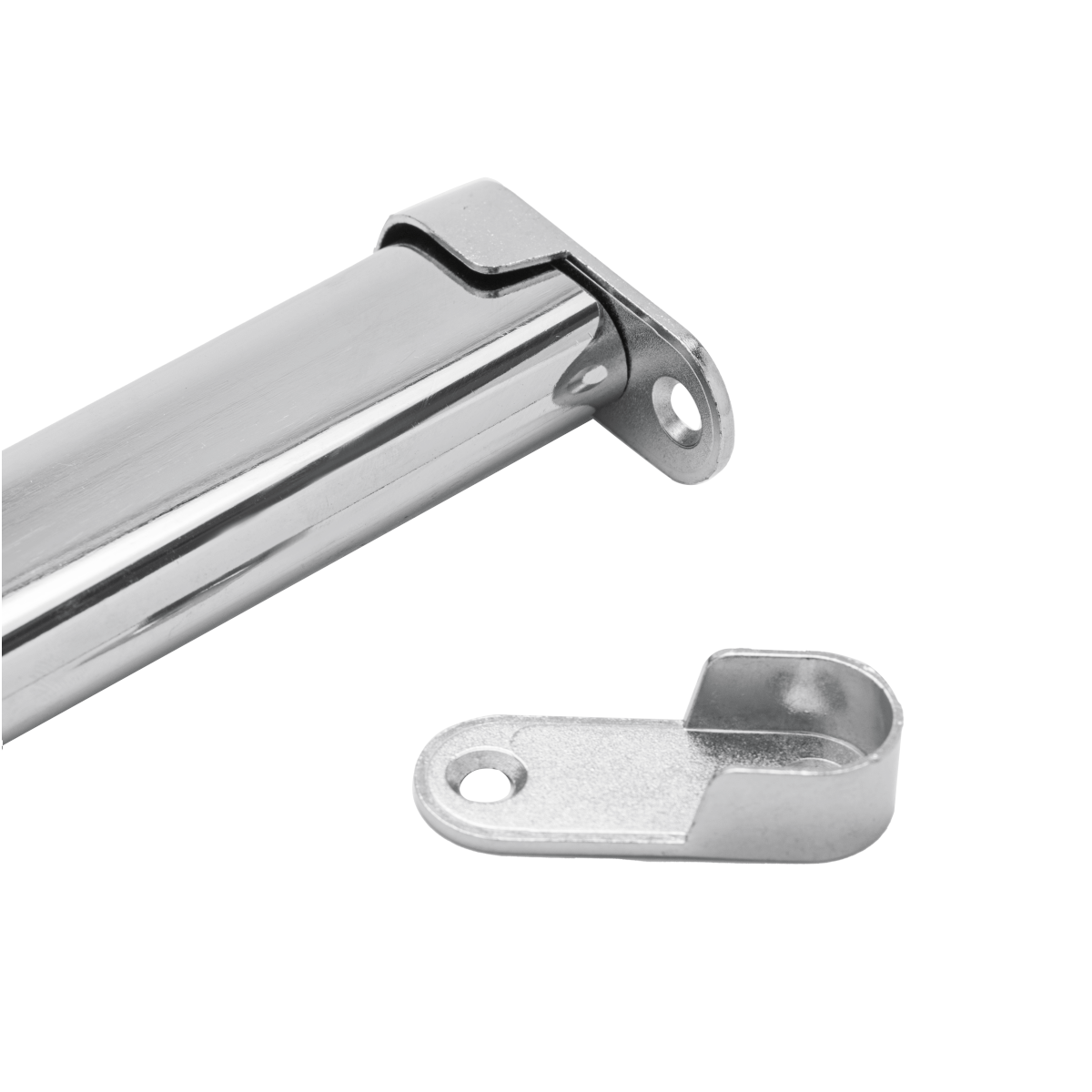
ABOUT
Guangzhou Toplink hardware Co., Ltd specialized in the production and export of furniture hardware fittings, with an experience of more than 14 years.
Our main products are drawer locks, cabinet hinges, sliding rails, cabinet handles, casters, cabinet legs and connecting fittings etc..
With a complete range of products, excellent performance and reasonable prices we have built up business with many customers all over the world.
We are committed to strict quality control and considerate customer service. We sincerely looking forward to becoming your best choice and the most reliable partner!
PRODUCTS
spring loaded barrel bolt latch pin
Mechanism of Operation
At its core, the spring-loaded barrel bolt latch pin operates on a straightforward principle. A cylindrical bolt, often made of steel or other durable metal, slides within a housing. A spring, typically a compression spring, is housed within the bolt assembly. This spring maintains constant pressure on the bolt, pushing it into the extended (locked) position. When the bolt is retracted (unlocked), the spring's energy is stored, ready to instantly snap the bolt back into the locked position once released.
The actuation mechanism varies depending on the specific design. Some barrel bolts use a simple thumb-operated slide or lever to compress the spring and withdraw the bolt. Others incorporate a more complex mechanism, perhaps involving a key or a rotary knob, adding a further layer of security. Regardless of the actuation method, the underlying principle of the spring-loaded mechanism remains consistent – providing a swift and positive locking action.
The latching action itself relies on the precise interaction between the bolt and the strike plate. The strike plate, a complementary piece of metal affixed to the door frame or cabinet, provides the receiving point for the extended bolt. The snug fit between the bolt and strike plate ensures a secure latch, preventing unwanted opening. The precise dimensions and tolerances are critical to reliable performance, ensuring smooth operation and preventing wear and tear.
Materials and Construction
The materials used in the construction of a spring-loaded barrel bolt latch pin are carefully selected to ensure durability and longevity. The bolt itself is typically made from hardened steel, offering resistance to bending, breaking, and wear. The choice of steel grade depends on the intended application; higher-grade steels are often used for applications requiring increased strength and resistance to corrosion. Stainless steel is a popular choice for outdoor applications or environments with high humidity.
The spring is usually made of spring steel, a type of alloy steel specifically designed for its elastic properties. The spring steel must possess a high yield strength and fatigue resistance to withstand repeated compression and decompression cycles without losing its elasticity or breaking. The quality of the spring is crucial to the reliability of the entire mechanism. A weak or poorly designed spring can lead to premature failure of the bolt and reduced security.
The housing of the barrel bolt, which encloses the spring and bolt, is usually made from a sturdy material, often zinc alloy or steel. This material protects the internal components from damage and provides structural support. The finish of the housing, whether it's powder coating, plating, or other protective layer, adds to its durability and aesthetic appeal, offering corrosion resistance and preventing wear and tear.
Variations and Applications
Spring-loaded barrel bolts come in a vast array of sizes, styles, and finishes to accommodate diverse applications. Size variations cater to different door and cabinet thicknesses, ensuring a secure fit and proper latching. The finish options, from plain steel to polished brass or even decorative finishes, allow for aesthetic integration into various design styles.
The applications are incredibly varied. They are commonly found securing doors, cabinets, drawers, and other openings in residential, commercial, and industrial settings. Simple barrel bolts provide basic security, while more complex versions might incorporate additional features such as key locks for added security or specialized designs for specific industrial equipment.
Certain designs incorporate features like deadbolt mechanisms for increased security, while others might feature locking mechanisms that only allow operation from one side. These variations highlight the versatility of the spring-loaded barrel bolt, demonstrating its adaptability to a broad spectrum of security needs.
Advantages and Disadvantages
The spring-loaded barrel bolt offers several advantages. Its simplicity translates to ease of installation and use, making it a popular choice for DIY projects and quick fixes. The spring-loaded mechanism ensures a positive latching action, providing reliable security without the need for complex locking mechanisms. The low cost compared to other locking systems also makes it an economical choice for a wide range of applications.
However, there are limitations. The basic design offers a relatively low level of security compared to more sophisticated locking mechanisms like deadbolts or keyed locks. They are easily bypassed with minimal force in many instances, and offer little resistance to tools. Their main benefit is speed and convenience, not impenetrable security. The reliance on a spring mechanism also means that repeated use or a faulty spring can lead to decreased performance or failure over time.
In conclusion, the seemingly simple spring-loaded barrel bolt latch pin reveals a complex interplay of mechanical engineering, material science, and manufacturing precision. Its widespread use across various applications underscores its enduring effectiveness as a reliable and economical fastening solution. While it may not offer the highest level of security, its simplicity, ease of use, and cost-effectiveness solidify its place as a staple in countless homes, businesses, and industrial settings worldwide.
SUBSCRIBE
INQUIRY
